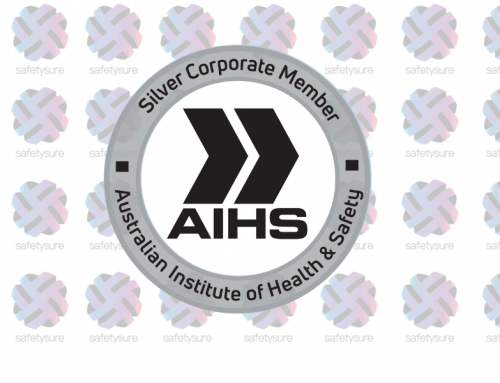Dreamworld’s parent company, Ardent Leisure Limited has pleaded guilty and been fined $3.6 million over the 2016 Thunder River Rapids ride tragic fatal accident that claimed the lives of four people. The Dreamworld tragedy brings about a range of work health and safety considerations for business owners who must ensure the safety of persons other than employees at their workplaces.
What’s in this article?
What happened in the Dreamworld Thunder River Rapids Ride Tragedy?
According to Work Health & Safety Queensland “Four guests on the Thunder River Rapids Ride at the Dreamworld Theme Park were killed after the raft they had been traveling in collided with another raft. The extensive Workplace Health and Safety Queensland investigation revealed failures across a number of areas.”
The Coroner investigating the case, James McDougall, found that Dreamworld had a “systemic failure“ in all safety aspects. He found that the ride safety systems were “frighteningly unsophisticated” and had no holistic risk assessments.
Mr McDougall declared a serious accident “was simply a matter of time” at the Dreamworld site.
Warehouse accidents | Legal Consequences
On pleading guilty to the three offences contrary to Section 32 of the Work Health and Safety Act 2011 , Ardent Leisure accepted that it failed, so far as was reasonably practicable, to ensure: the provision and maintenance of safe plant and structures; the provision and maintenance of safe systems of work; and, the provision of the information, training, instruction and supervision that was necessary to protect all persons from risks to their health and safety.
Ardent Leisure pleaded guilty to a breach of their primary safety duty under Section 19(2) of the Work Health and Safety Act 2011 to ensure that the health and safety of members of the public were not put at risk.
Key Magistrate’s findings in the Dreamworld Tragedy
Among the range of observations Magistrate Pamela Dowse observed.
“The failures of the defendant were not momentary and did not occur on the day of the incident. They were failures well before then, which led to what ultimately transpired. Nor were they confined to a discrete safety obligation”
“Whilst the defendant directed resources towards safety, and implemented some control measures and improvements over time, its efforts were grossly below the standard that was rightly expected of it. A variety of control measures were available to it, which would have minimised or eliminated the relevant risk.”
“The defendant was aware of the risk of failure of the administrative controls, but continued to rely too heavily upon them, notwithstanding that, in most of the previous investigations into incidents on the ride, the primary cause was attributed to operator error in failing to follow operation procedures.”
“In some instances, reasonably practicable control measures which would have reduced the risk were identified, but not implemented. The defendant failed to appreciate the increased risk in not doing so.”
What other businesses can learn from the Dreamworld Tragedy?
There are some important learnings for business’ associated with the Dreamworld Tragedy. One of them is fundamental to work health and safety programs. While many organisations have spent time and energy implementing a health & safety program, many businesses miss out on some of the key risks because fundamentally “they can’t see the wood for the trees”
Businesses, and indeed health & safety professionals, can develop the habit of majoring on the minor safety issues and minoring on the major issues. While focusing on compliance with PPE policies or negligible risks, they omit identifying and managing the major fatal risks associated with their operations. They are lost in complex systems that fail to get the basics of work health & safety right and have normalised risk”
John Ninness, Principal Consultant, Safetysure
Of late we have witnessed a range of significant incidents where workers and business owners have been killed or injured in organisations where “safety programs” had existed for many years. We see many businesses “normalising risk” and failing to identify the real issues that kill people, seriously injure or maim people.
It is even true of some health & safety professionals in organisations. Having come up through the ranks of an organisation, some safety professionals observe (and turn a blind eye) to practices that present fatal risks for workers.
In Dreamworld’s case it is clear that the organisation had systems in existence for the purposes of managing work health and safety but what became apparent is that the organisation did not implement critical controls to manage foreseeable fatal risks.
Identifying and controlling critical risks must form the cornerstone of any effective work health & safety program. They must be controlled effectively and those controls diligently monitored before the organisation can embark on a journey of compliance.
When it comes to persons other than employees, as in Dreamworld’s case, controlling critical risks is also fundamental to protecting the business and those who engage with it. It is a fundamental requirement under the Work Health and Safety Act 2011.
If you’d like assistance in managing or identifying critical risk in your business, Safetysure can help. We help businesses focus on the key issues when it comes to compliance.
Call us on 1300087888 , email us or chat below for more information on how we can help you navigate work health & safety in your organisation.
Read related Safety Lessons from the Dreamworld Tragedy







Leave A Comment